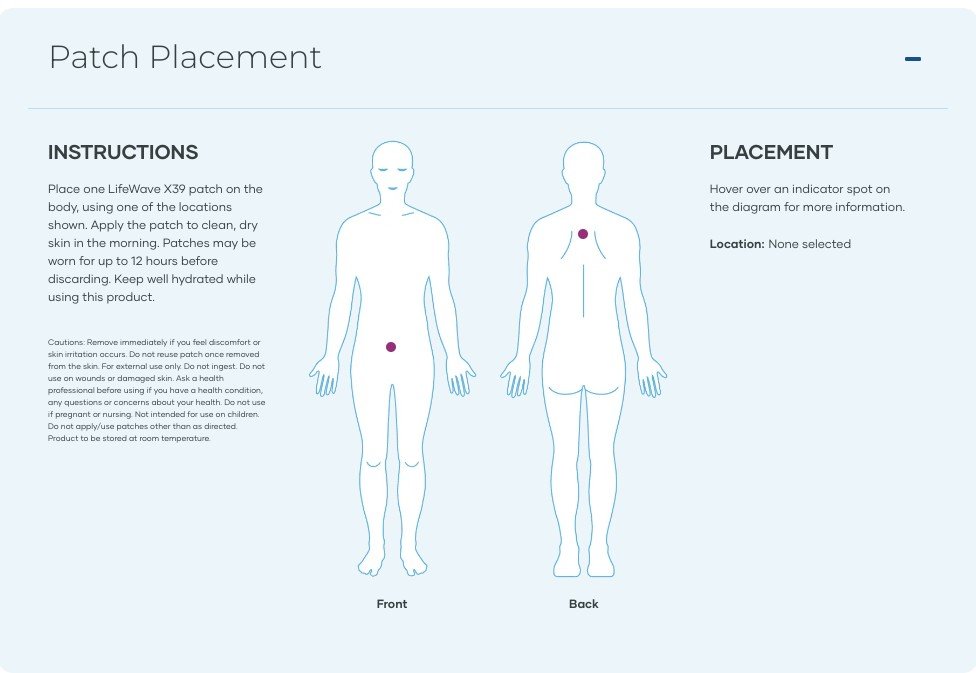What are Stem Cells and Why Are They Important?
What are Stem Cells?
What are stem cells? Stem cells are cells that have the potential to change into other types of cells in the body during growth and development. In adults, stem cells serve as the body’s repair system in that stem cells possess the capability of dividing to replenish themselves. Stem cells also possess the capability of turning into specialized organ cells in a process called differentiation. It is through stem cell differentiation that stem cells can replace damaged organ cells. It is through the replacement of damaged cells by new organ cells, derived from stem cells, that regeneration occurs. The use of stem cells to treat human diseases is now termed regenerative medicine.
Why are stem cells important?
Stem cells are different from other kinds of cells in the body in that they are unspecialized cells that have the capability of turning into any type of specialized cell. Stem cells are located throughout the body, and they may remain dormant (non-dividing) for years until they are activated. Activation of stem cells to differentiate into specialized cells occurs when a need arises for new cells to maintain organ and tissue function. Also, injury to tissues can stimulate the activation of stem cells, when adequate capability of peptide production and gene expression still exists. All stem cells are capable of dividing and renewing themselves, but as we age the peptides that activate stem cells decline and stem cell renewal drastically slows down. When the process of cell death exceeds renewal and stem cell-initiated repair - organ degeneration begins, health will deteriorate and eventually when organ functions fall too far death soon follows.
How are stem cells used?
Although doctors have known about stem cells for over 60 years, it was not until 1968 that doctors used bone marrow stem cells to perform the first successful bone marrow transplant. Currently, doctors can now harvest stem cells from blood and fat. These stem cells can then be injected back into the bloodstream or directly injected into tissues. While many people can experience a benefit, the process is very expensive and can cost tens of thousands of dollars for each injection. Costs of stem cell injections vary widely, and insurance does not cover many of these procedures, which are still considered experimental by many insurance companies. Clinics that harvest your own stem cells from blood and fat are now present in many countries and USA states. Generally, reinjection of harvested stem cells is well tolerated. Just about any condition, you can think of is a candidate for stem cell injections. Another possibility is that harvested stem cells from blood and fat can also be induced to divide to grow larger amounts in labs. Cloning of stem cells allows doctors to give larger amounts with each injection, but this process is prohibited in many countries.
“The FDA contends that any process that includes culturing, expansion, and added growth factors or antibiotics requires regulation because the process constitutes significant manipulation (Reisman and Adams, 2014).”
Unfortunately, government regulations severely restrict the use of stem cells and regulations differ widely across the world. New research over the last ten years has discovered that specialized adult cells from the skin, liver and other cells can be forced to revert back to undifferentiated stem cells. However, this process is mainly confined to university and biotechnology labs and is very expensive. Also, some of these converted stem cells will grow into tumors, so safety issues have not yet been resolved. “Ensuring the safety and efficacy of stem cell-based products is a major challenge, says the FDA. Cells manufactured in large quantities outside their natural environment in the human body can potentially become ineffective or dangerous and produce significant adverse effects such as tumors, severe immune reactions, or growth of unwanted tissue
(Reisman and Adams, 2014).” STEM CELLS: THE FUTURE OF HEALTH AND MEDICINE LIFEWAVE THE STORY OF THE X39® | 17
Who needs stem cells?
EVERYONE!
How can stem cells help you?
Stem cells can actually treat many conditions and diseases that are currently untreatable by any current therapy. The major issues at this time are safety, efficacy, legality and cost.
What are my options?
At this time in history, each person is faced with very limited choices regarding stem cells.
Do nothing and let nature take its course.
Pay for stem cell injections that may not be legal or safe
Investigate alternative methods of improving health
(Reisman M, Adams KT. Stem cell therapy: a look at current research, regulations, and remaining hurdles. P T. 2014;39(12):846-57
Credit - Lifewave



























